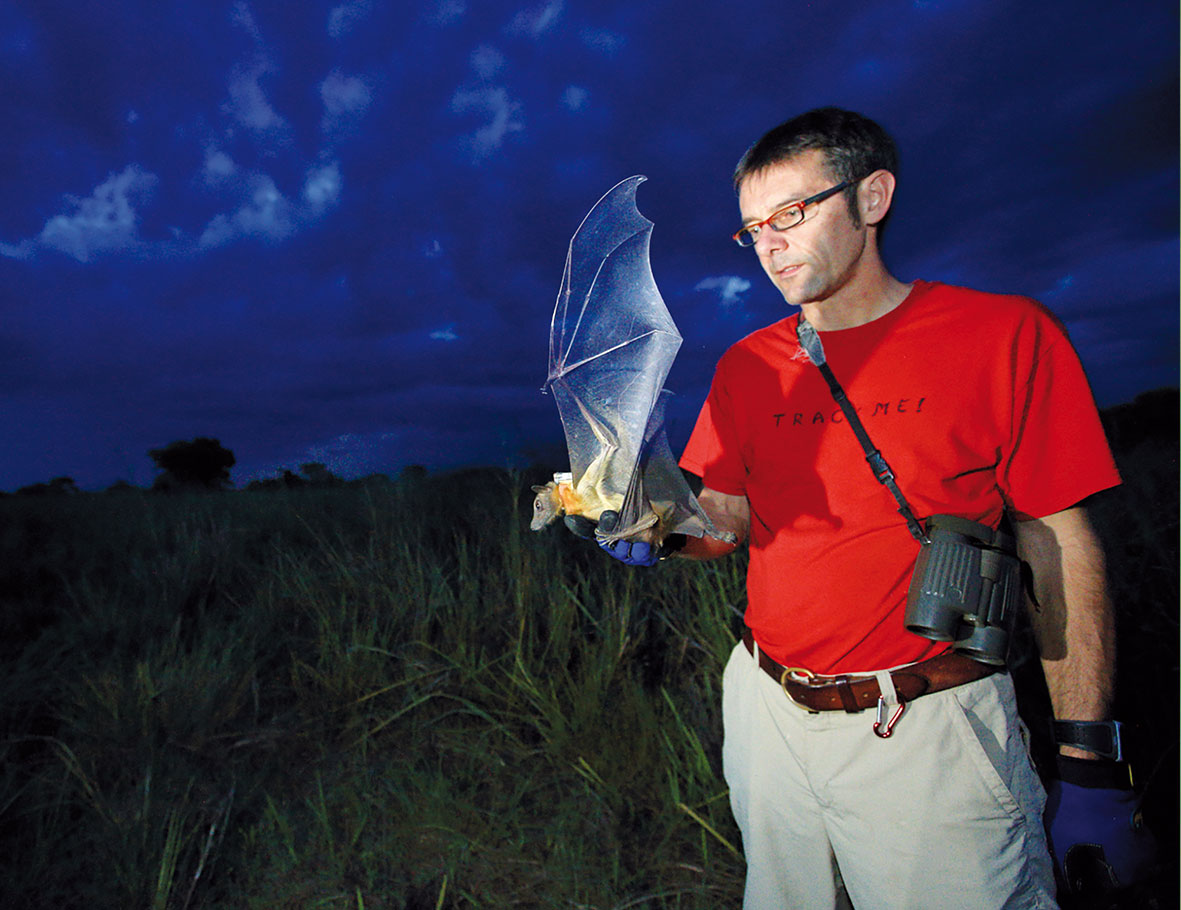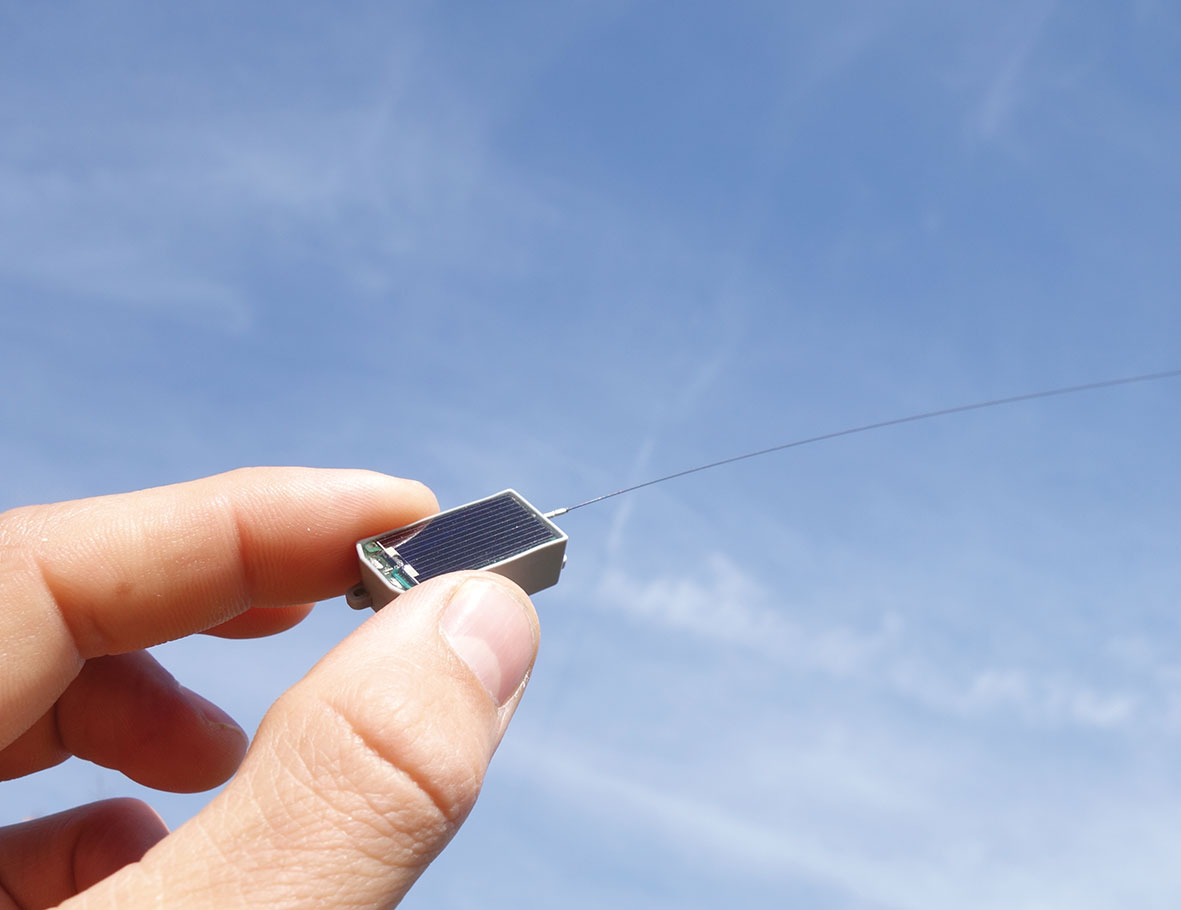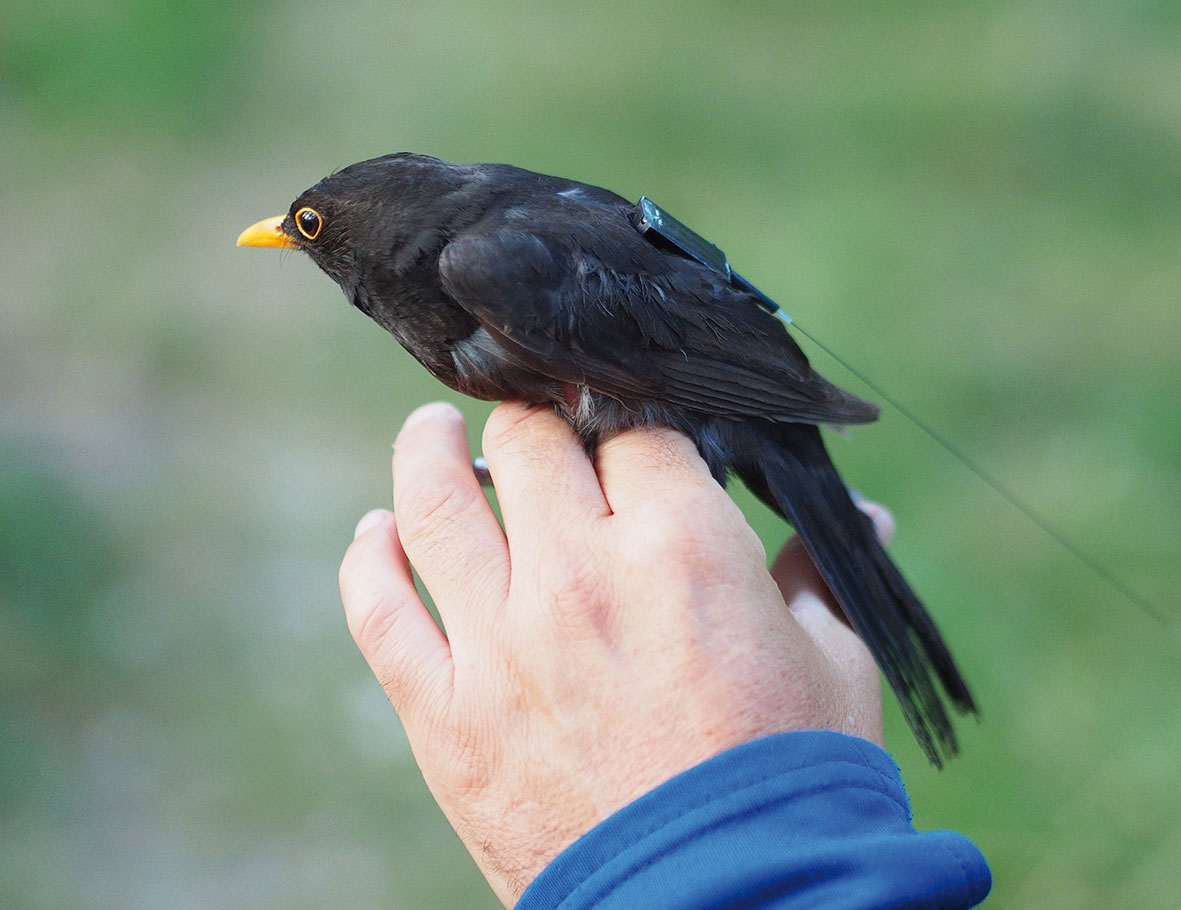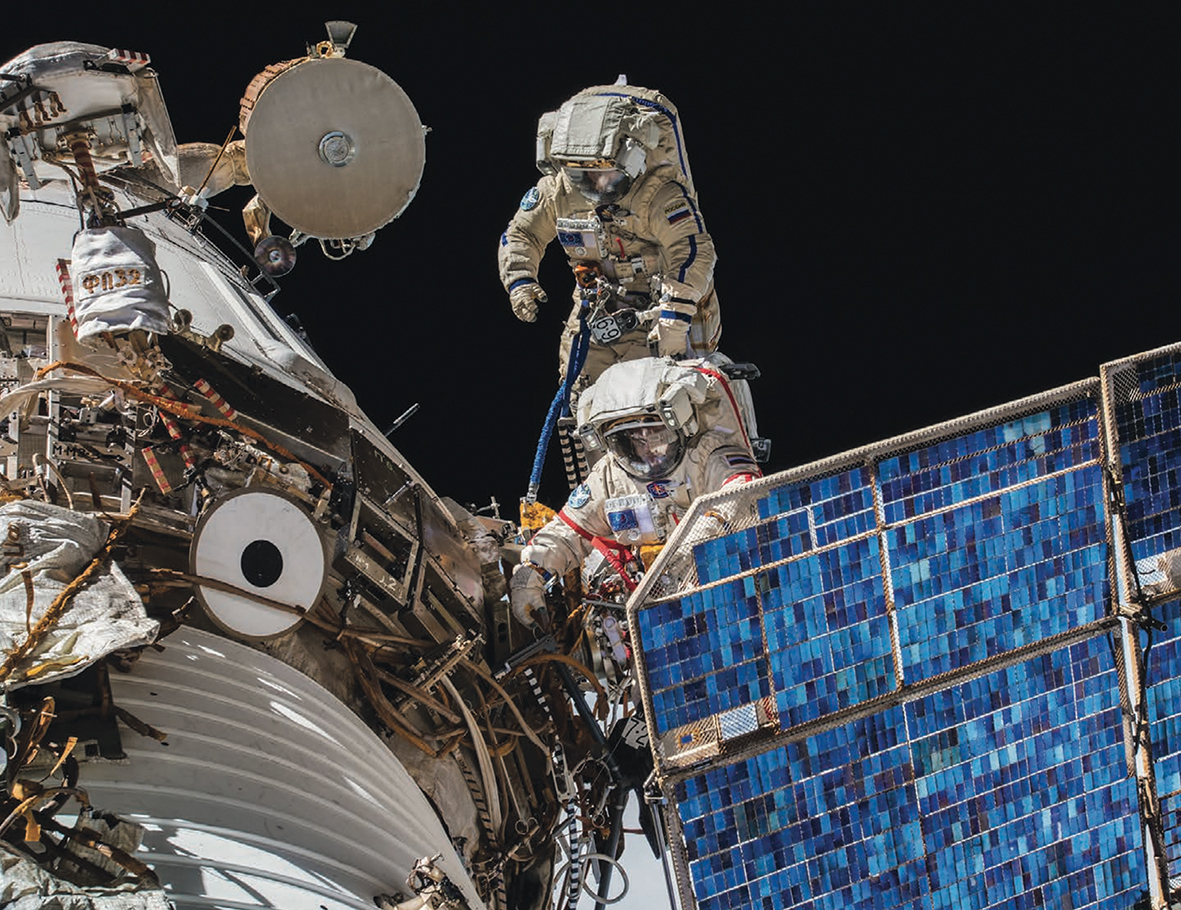Worldwide
Wearables for Wildlife: Advanced tracking technology
ICARUS: One of the most spectacular projects in animal welfare and natureand species conservation. The Max Planck Society, under the direction of Prof. Dr. Martin Wikelski, is equipping animals with miniature transmitters. The goal is to study the movement of animals in order to better protect them. The transmitter receiving antenna is located on the International Space Station ISS. The Academy sponsors this project.
Prof. Dr. Martin Wikelski describesit as follows:
“In order to promote efficient and successful species conservation, we have to know where animals have problems or where they feel safe and can breed. Unfortunately, the currently available transmitters for the observation of wildlife are not really equipped to deliver this data, specifically during the critical time in the life of animals such as in juvenile development. In this phase, most mammals develop rapidly and are unable to wear the common fitted collar used for transmission. Juvenile animals often migrate in the search for new habitats, which for most species, is the most important decision in their lives. In order to observe numerous individuals during this critical phase, we need transmitters which are uncomplicated, loose and can be worn nearly unobtrusively – like wearable fitness bracelets for humans.
The Academy is supporting the newly founded Max Planck Institute of Animal Behavior in Constance/Radolfzell, an international leader in this area, in order to promote knowledge about the critical life phases of animals. The challenge
with this project is to develop simple and comfortable tachographs for animals which are equipped with the most up-to-date electronics. These transmitters should be so intelligent, that they automatically interpret the activities and behav-iour of the animals and recognize the animal’s health status or stress. The transmitters must additionally possess state-of-the-art communication technology such as IoT protocols (Internet of Things) or satellite connections. Furthermore, the transmitters must be inexpen-sive and light enough so that a large number of animals can communicate their location and physical comfort – a kind of electronic ‘costume jewelry’.
The ICARUS (International Cooperation for Animal Research Using Space) team at the Max Planck Institute of Animal Behavior under the guidance of Prof. Martin Wikelski and together with an engineering team from the ETH Zurich, gladly accepted this challenge. Team member and doctoral candidate Timm Richlick is responsible for prototype development. Richlick had previously worked on imbedded electronic systems in the automobile industry. Since then,
he is already participating in the development of an ear tag transmitter for large mammals in Africa, for example in Kenya, Namibia and South Africa. The ear tags themselves are being developed in cooperation with GEPE-Plast in Farchant, which contributes decades of related experience in the field of agriculture. GEPE’s expertise allows us to track animals such as the rhinoceros, lion, zebra, giraffe or water buffalo by means of ear tag transmitters.
The Academy supports these fundamentally significant developments for wildlife with its own expertise in wildlife anesthesia, morphology and physiology.”






